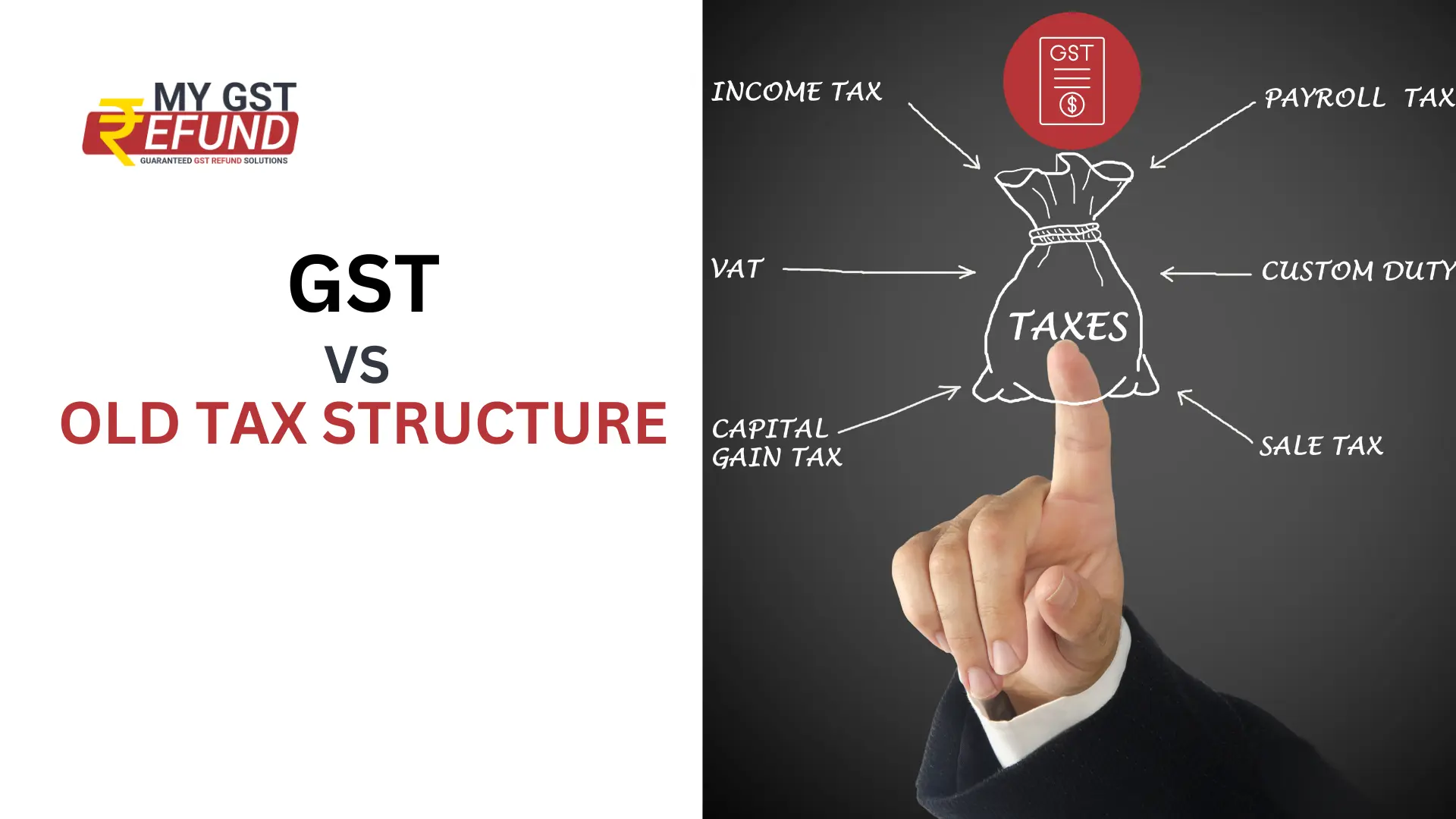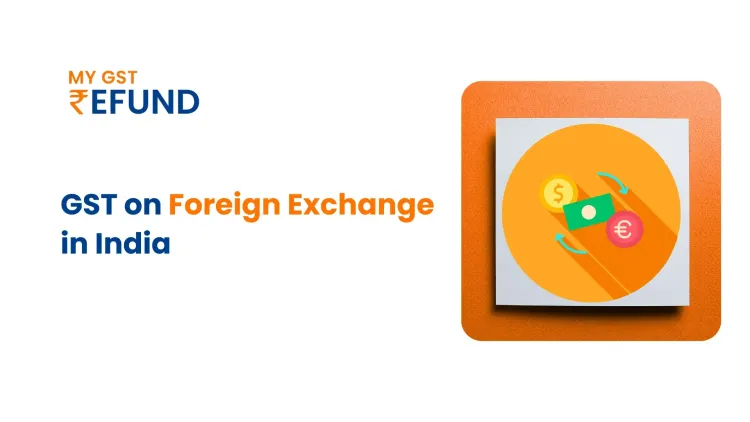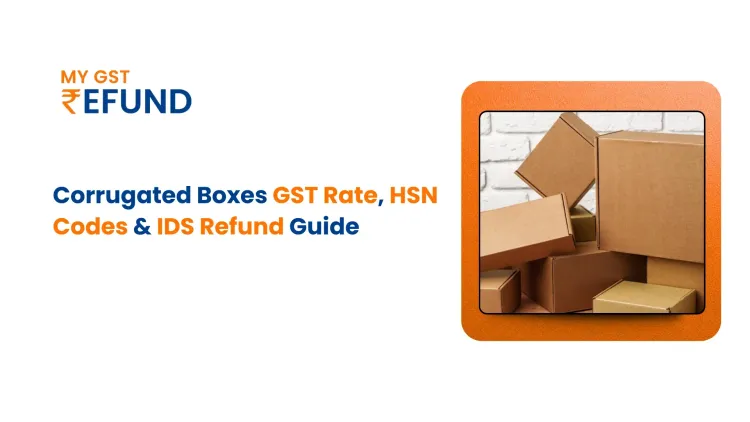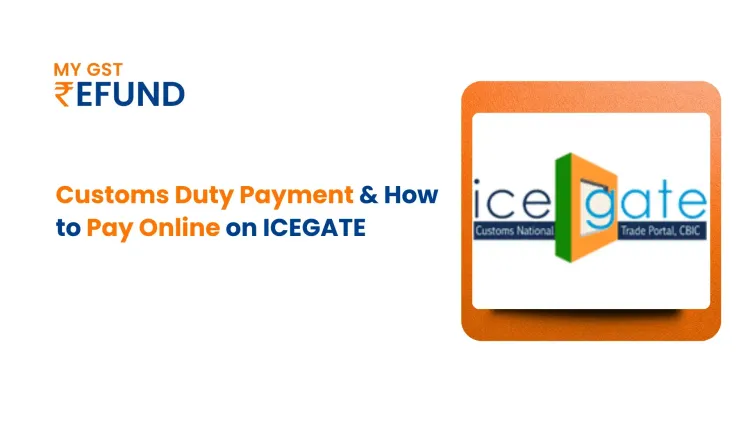GST VS Old Tax Structure
The government collects taxes to fund various activities like maintaining law and order and providing welfare services. There are two main types of taxes: direct and indirect. Direct taxes, such as income tax, directly affect the person who earns the income. On the other hand, indirect taxes are not directly levied on the consumer. While all taxes contribute to government revenue, some have more impact on economic growth than others. Personal income tax, for example, doesn't have a significant effect on economic growth, whereas corporate income tax can have a substantial impact. Focusing on reducing corporate income tax rates can help stimulate long-term economic growth by encouraging business investment and expansion. To understand long-term economic growth, it's crucial to know where the government gets its money from and which taxes matter most. GST, a unified tax on goods and services, plays a big role. It was put into effect through bills passed by the government. These bills, like the CGST, were passed on April 12, 2017.
Taxation system in India
In the past decade, changes have been made to India's tax system to simplify payments and improve execution. Tax rates have been adjusted and new laws enacted. This ongoing process aims to rationalize tax management. India's tax system includes direct and indirect taxes.
Taxation system before GST
Before GST, the taxation system in India was a bit more complex
Central Excise Duty: This tax is paid by companies when they make goods in India. It's like a fee for manufacturing.
Service Tax: When you use services like the internet or phone, you pay a tax on that service. This tax goes to the government .
Additional Duties on Excise (ADE): Some products like sugar, cotton, and tobacco have an extra tax on them, apart from the regular tax when they are made.
Surcharge: Sometimes, an extra fee is added to the price of a product or service. This fee helps the government get more money. Cess: It's an extra tax for special purposes, like building roads or schools. This tax is separate from others.
Countervailing Duty (CVD): When goods are brought from other countries, an extra tax is added to make it fair for Indian products.
Special Additional Duty (SAD): This is a tax paid on goods brought from other countries. If these goods are sold again, the importer can get back this tax.
Value Added Tax (VAT): At each stage of making a product, a small tax is added. It's like a chain of taxes, and finally, the customer pays it when buying the product.
Central Excise Tax (CST): This tax is paid when goods move from one state to another in India. However, within a state, this tax is not applied. Sales Tax: When you buy something, you pay a little extra. This extra money is the sales tax, and it goes to the government.Luxury Tax: If you buy expensive things like jewelry or stay in luxury hotels, you pay a luxury tax. It's like a special tax for luxury items.
Taxation system after GST
One Tax for All: Before GST, there were many different taxes from both the central and state governments. But with GST, it's like having just one tax for the whole country.
Different Tax Rates for Different Things: Under GST, goods and services have different tax rates. Most things fall into categories like 5%, 12%, 18%, or 28%. But some really important stuff, like basic food items, don't have any tax at all.
Getting Money Back for Taxes Paid: If a business pays taxes when they buy things for their business, they can get some of that refund when they sell their stuff. This helps businesses because they don't end up paying tax on the same thing over and over again.
Easier for Small Businesses: Small businesses with not too much money coming in can choose a simpler way to pay taxes. They just pay a fixed percentage of their sales as tax, and they don't have to deal with as much paperwork.
Everything's Online Now: Instead of filling out forms on paper, everything is done on the internet. Businesses register, file their taxes, and pay online. It's faster and simpler than before. Overall, GST made taxes simpler and clearer in India. It's meant to stop businesses from paying tax on the same thing multiple times, make it easier for small businesses to manage their taxes, and make the whole process more efficient.
Impact of GST on Indian Economy
Positive impacts
The Goods and Services Tax (GST) has had several positive impacts on India's economy. Firstly, it simplified the tax system by replacing many different taxes with just one, making it easier for businesses to follow the rules. This also helped in creating a single market across the country, removing barriers between states and making it easier to buy and sell goods everywhere. Another good thing about GST is that it reduces the extra costs added to products because of taxes. Businesses can now get back the tax money they paid when they bought things, which means they don't have to raise prices as much. This has made things cheaper for people buying stuff. Plus, GST has encouraged businesses to be more honest and follow the rules because everything is tracked digitally. This has helped the economy grow because more businesses are paying taxes properly. It has also helped small businesses by making it easier for them to manage their taxes. Overall, GST has made things better for the economy by making it simpler, fairer, and more competitive.
Negative impacts
The introduction of GST in India, while aiming to simplify the tax system and boost the economy, has faced some challenges. Initially, there was confusion and disruption among businesses, especially small ones, due to the complexity of the new tax structure. Compliance with GST regulations has added extra costs and administrative burdens, particularly for smaller enterprises. Moreover, the transition period led to temporary price increases for some goods and services, affecting consumers' purchasing power. Technical issues with the GSTN portal have caused delays and difficulties in tax filing and claiming credits, impacting businesses' cash flows. Additionally, the formalization of the economy under GST may have negatively affected the informal sector, leading to job losses and income disruptions. Despite its long-term benefits, GST implementation has encountered hurdles and adverse effects on certain sectors of the Indian economy.
Conclusion
In summary, the introduction of GST in India has made big changes to how taxes work, and it has had both good and bad effects on the economy. On the positive side, GST has made taxes simpler and more transparent. But it also caused some problems like confusion at first, extra costs for following the new rules, and short-term disruptions. Despite these issues, GST has helped the economy grow by making it easier to do business, stopping taxes from piling up, and encouraging more businesses to operate formally. Looking ahead, it's important to deal with the problems that came with GST, like making it easier for businesses to follow the rules and addressing issues specific to different industries, so that everyone can benefit from it and the economy can keep growing.
FAQs
Q.1 What is the full form of GST ?
Ans. Goods and Services Tax
Q.2 Who gave the highest tax in India ?
Ans. RIL paid the highest tax with a sum of Rs 20713 crore in taxes during the financial year 2022-23.
Q. 3 Which state in India is tax-free?
Ans. Yes, The Sikkim of India is a tax-free state. Permanent residents of Sikkim don't have to pay any tax on their income from any sources
Q. 4 Which tax is popular in India?
Ans. Income tax
Q.5 Which state has the first GST?
Ans. Assam
Related Posts







